Tiblisi – where the mother of Georgia watches
E phatlaladitšwe: 18.10.2023
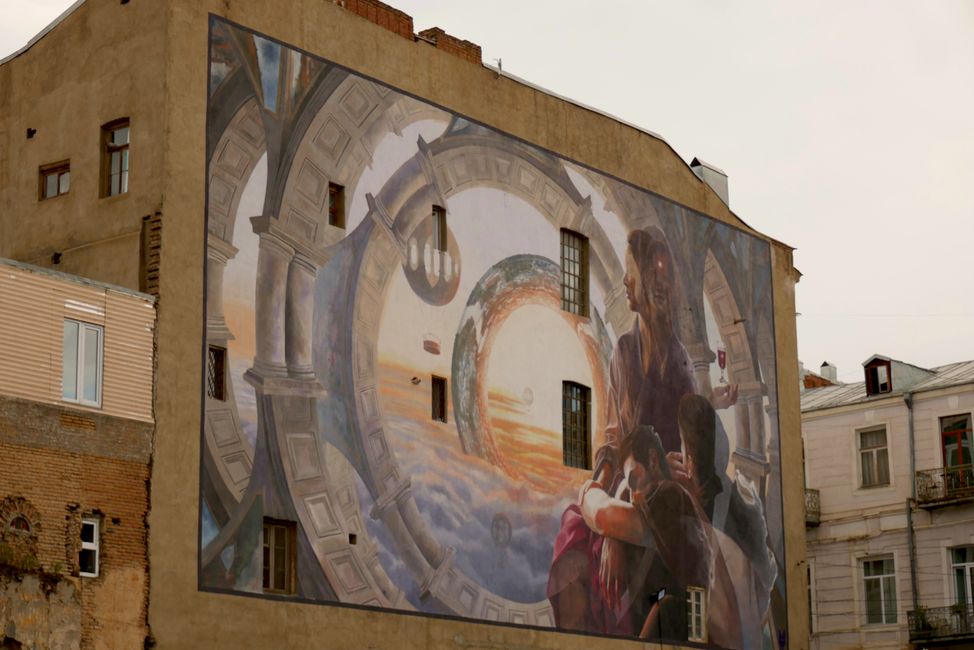
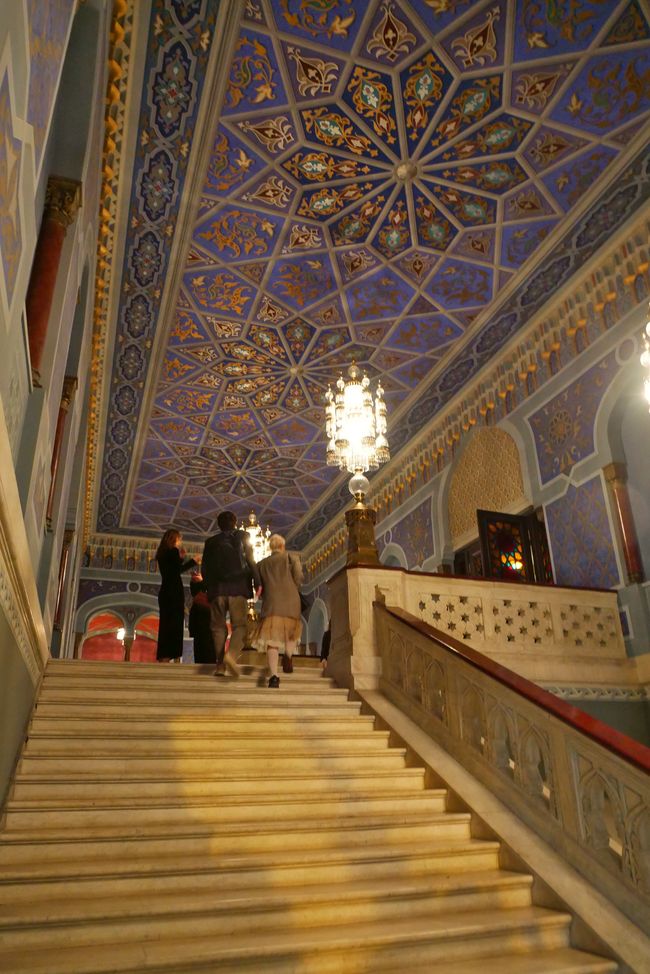
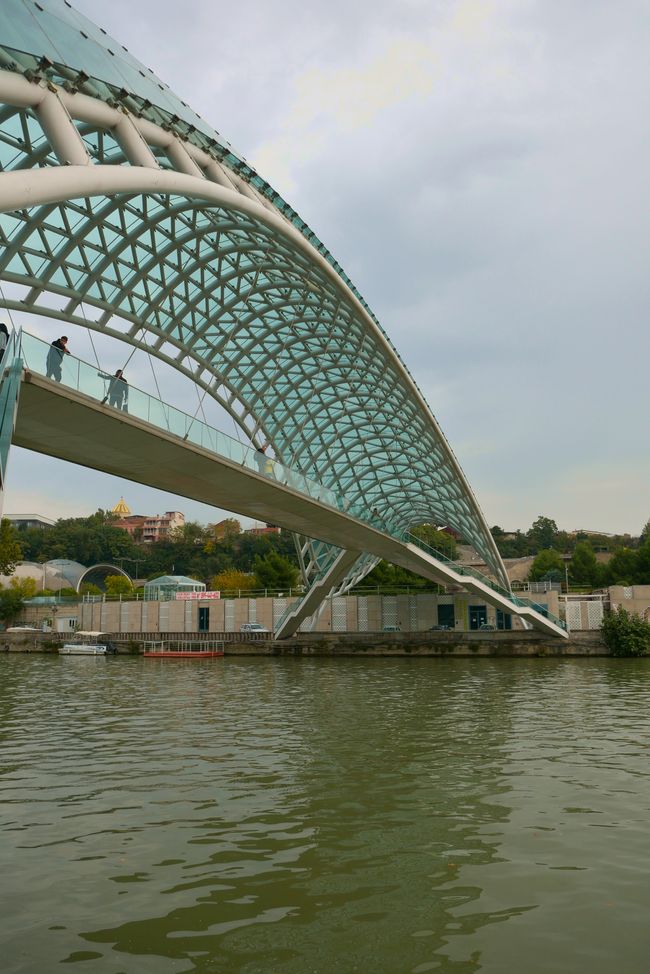
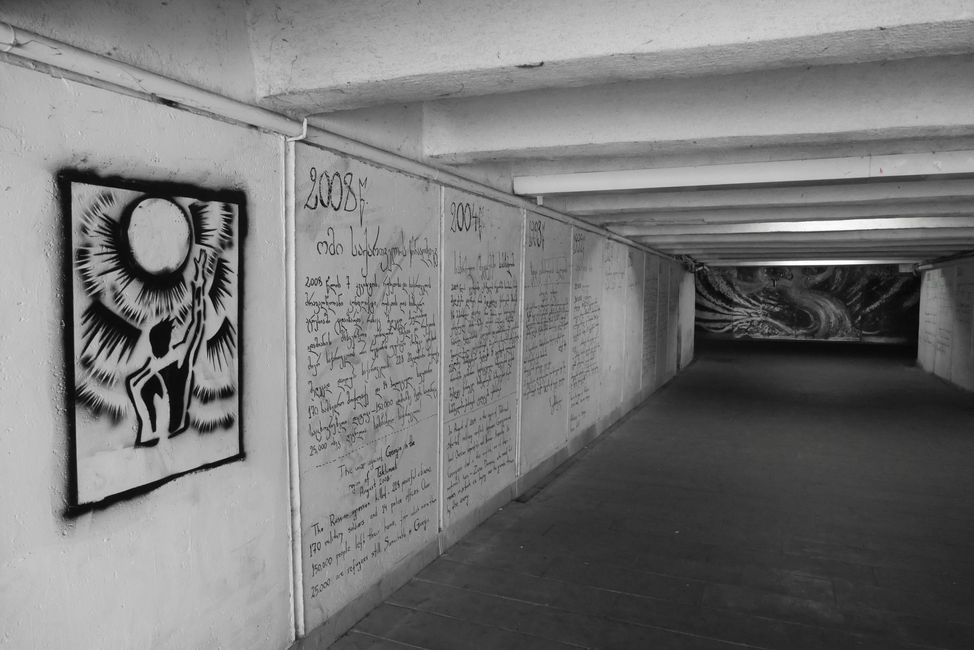
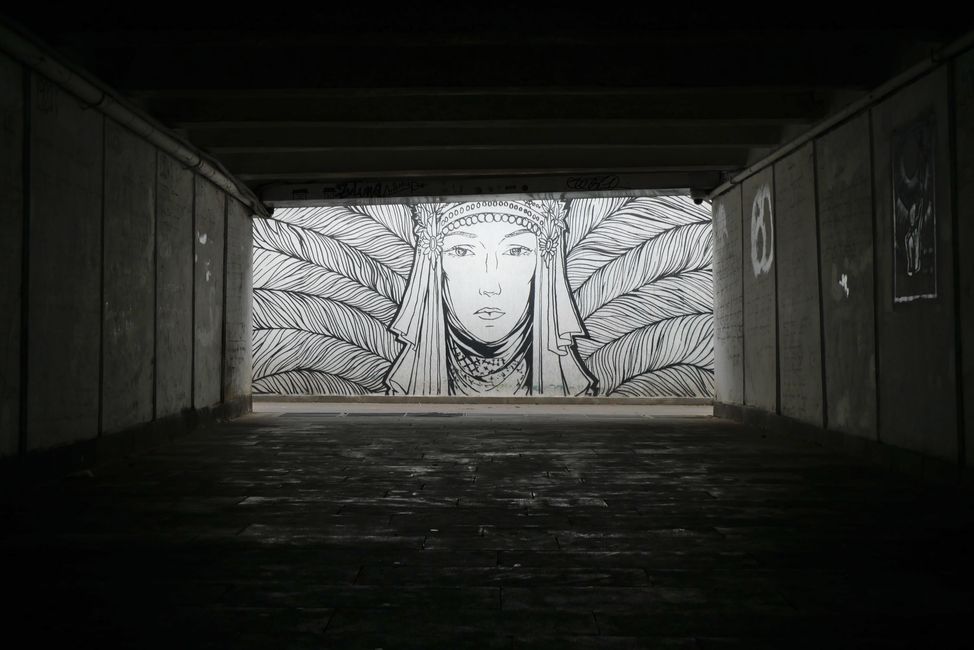
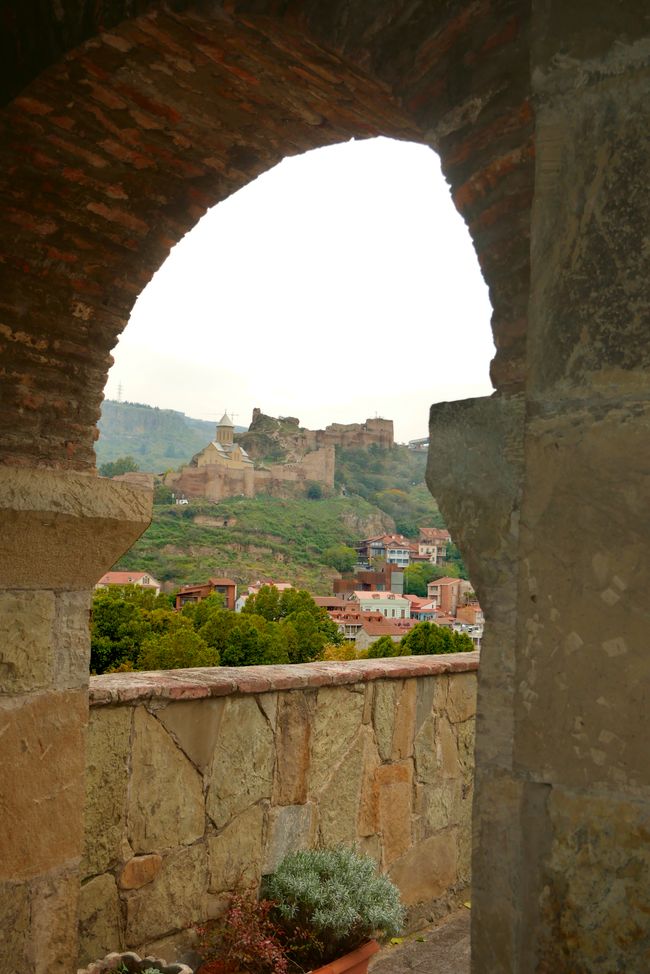
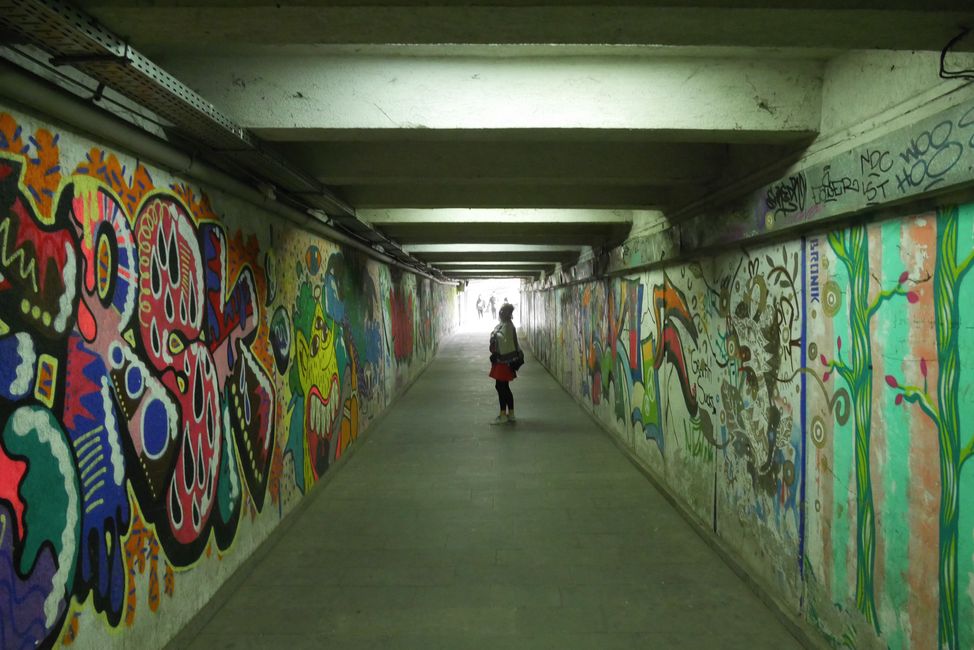
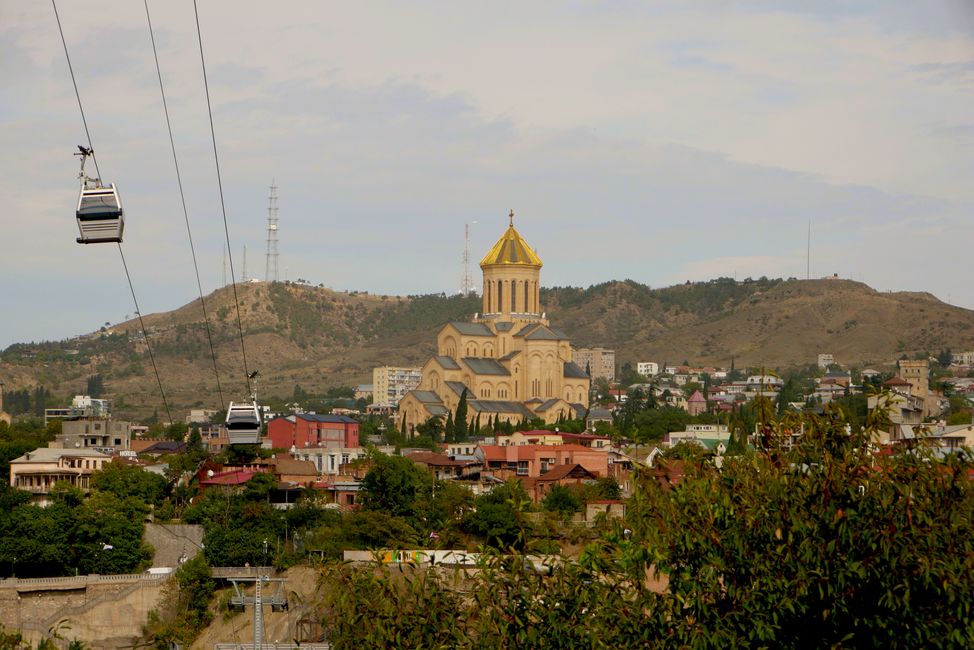
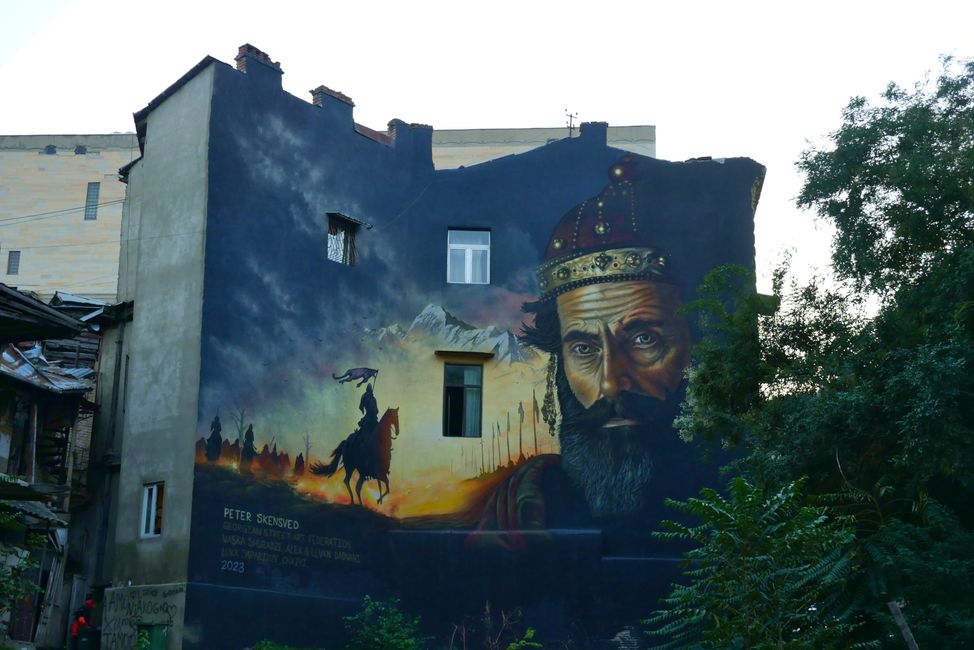
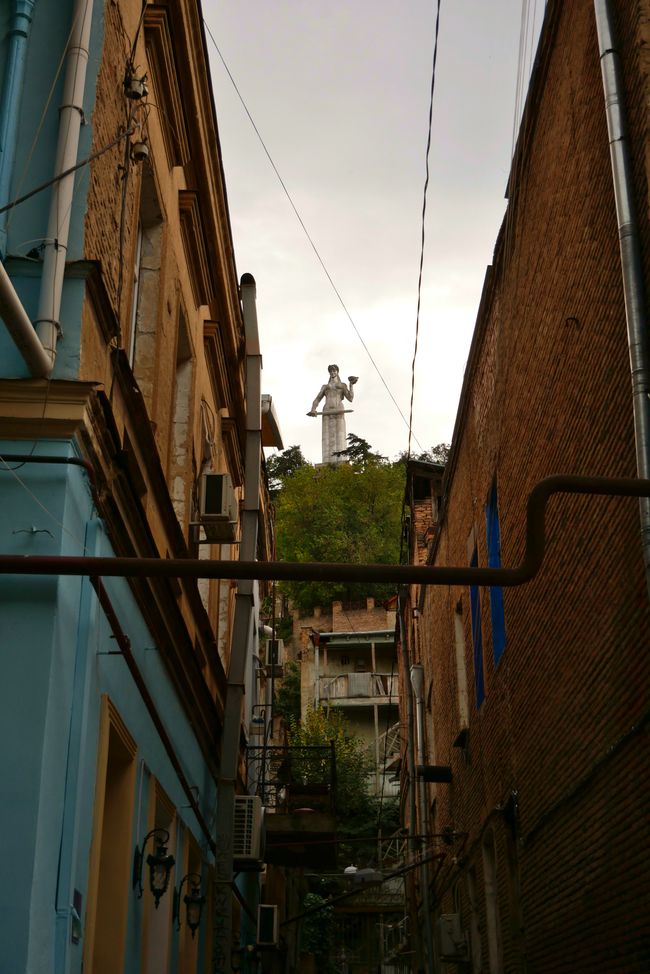
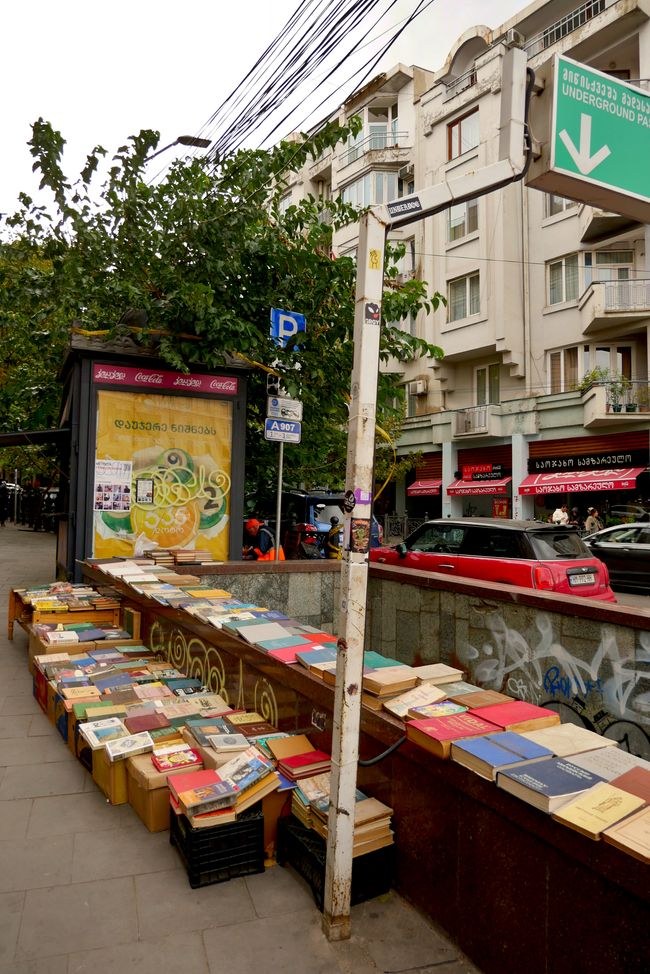
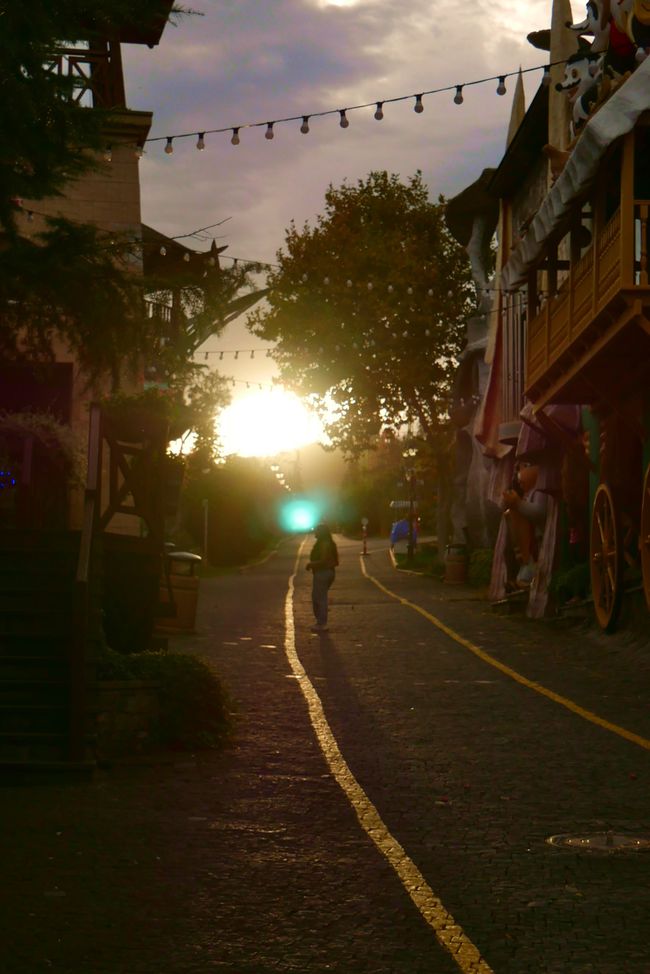
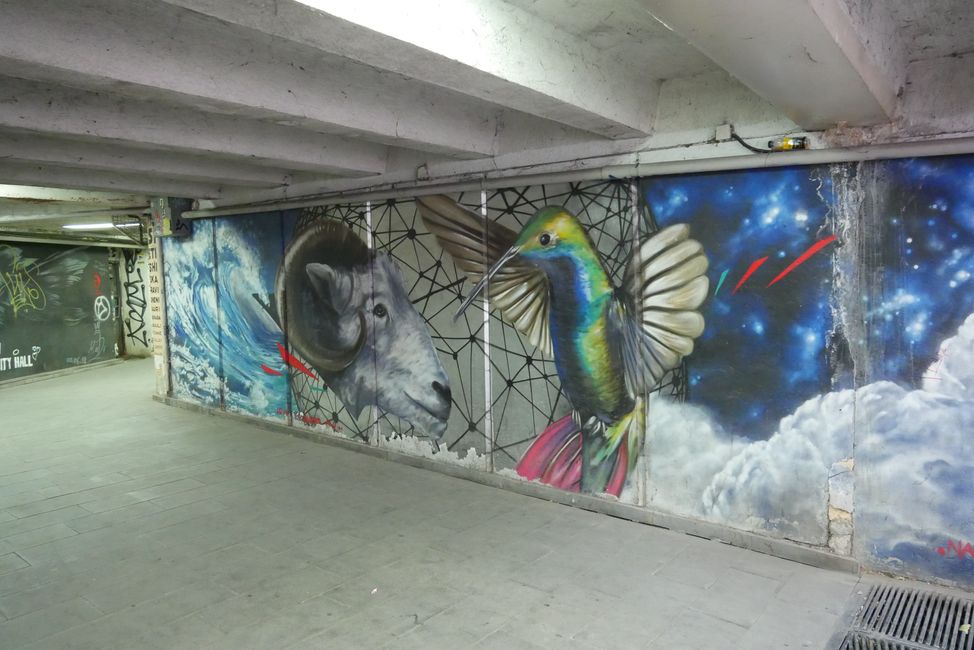
Ingwadiše go Lengwalo la Ditaba
Anyone who comes to the capital sees two things: the Sameba Cathedral, built in the 2000s, and the mother of Georgia “Kartlis Deda”. The city appears young, European and enchants with the morbid charm of old houses, street art and the chic of European cities. It's worth strolling through the alleys in peace and thinking about why gentrification hardly plays a role here and why residential buildings, tourist highlights and corner shops harmonize so well with each other.

A lot of Russian is spoken in the city, the “old” Georgians can speak the language through their time in the USSR and the “new” are Russians who took refuge here to avoid military service and Putin’s dictatorship. Georgia is the size of Bavaria and has 3.7 million inhabitants and now 100,000 Russian migrants. The construction boom and economic upswing are the first things mentioned here as the consequences of this migration, a different view of people who have to dare to make a new start.

If you want to be close to people, you should go to the public sulfur bath. A domed hall, maybe 15 showers with real hot water and on two marble blocks is scrubbed, massaged and then chatted over tea and a cigarette in the changing room. If you go there alone, you quickly become part of the women's group and can have a say with your hands and feet. I felt so comfortable in this group of women and I was thrilled by the positive body feeling even with more than one XS on my ribs.

Georgia also went its way to independence in 1990 and left the USSR behind, so religion could play a role again and the huge cathedral was built. But the path from actually existing socialism to a social market economy and democracy is more than religious freedom and the young Georgians know that. Their striving to join the EU is noticeable in many places, their geographical location makes this very understandable and the small, brave country deserves to have not only Georgia's mother protecting it.
Kathleen
Ingwadiše go Lengwalo la Ditaba
Karabo
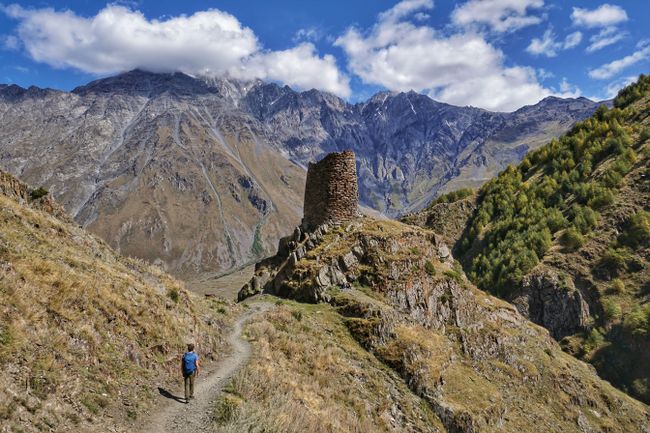
Dipego tša maeto Georgia

